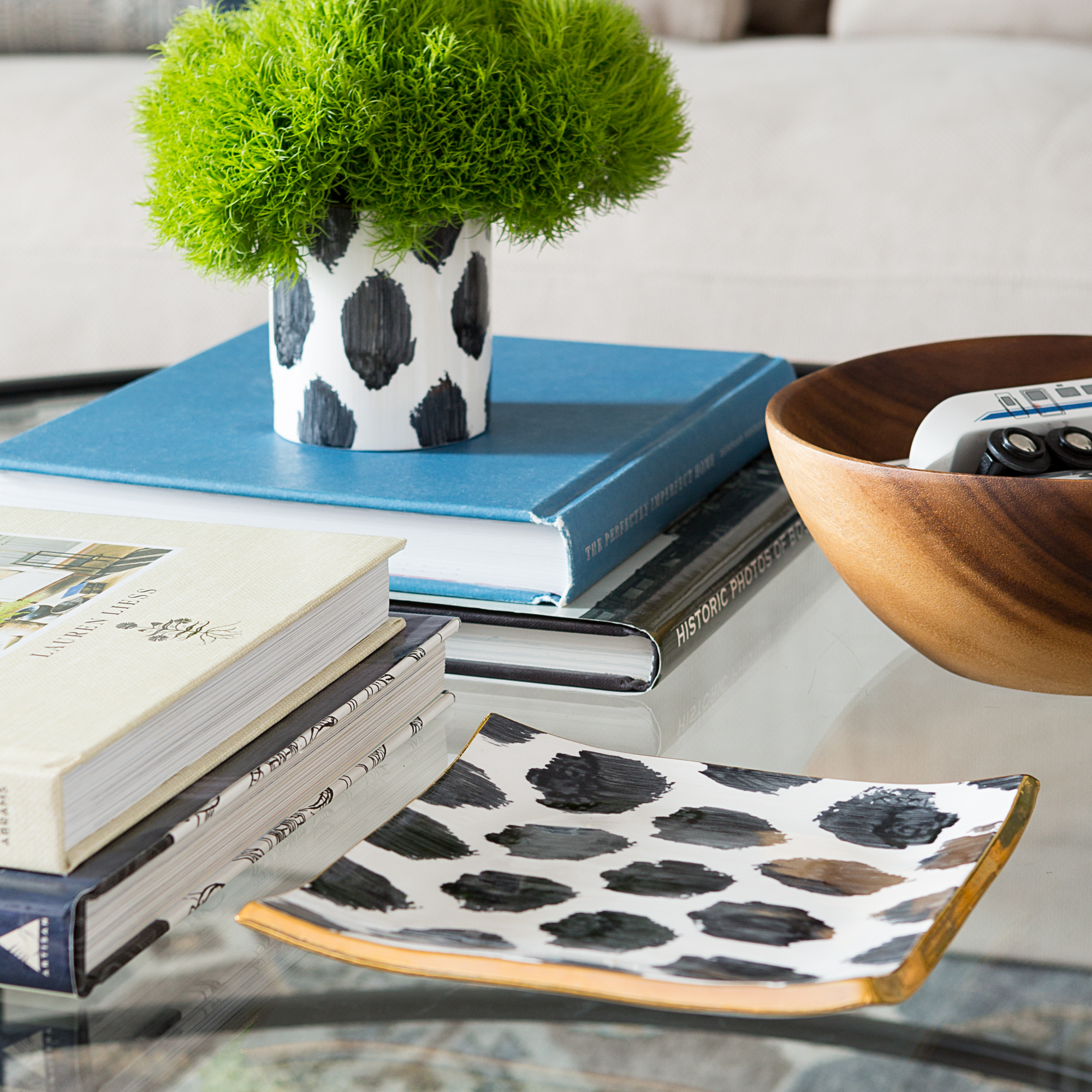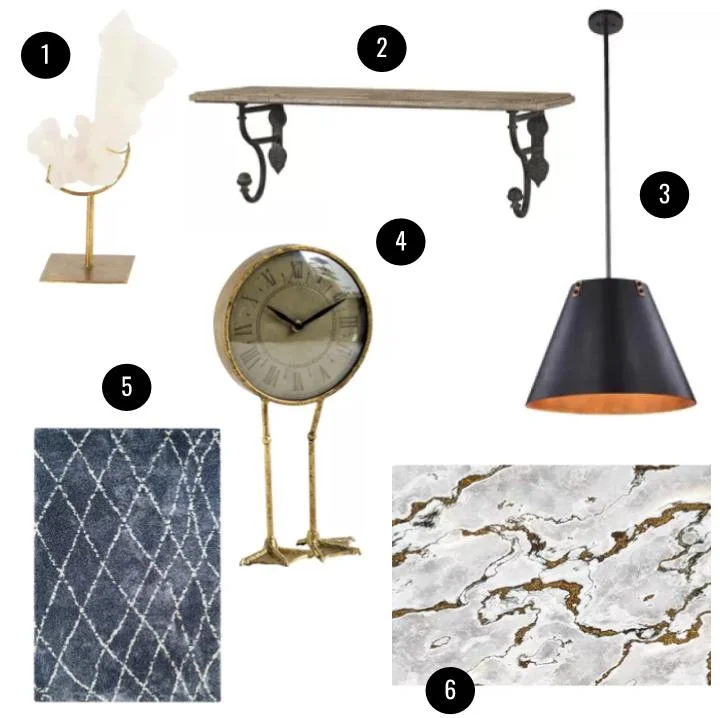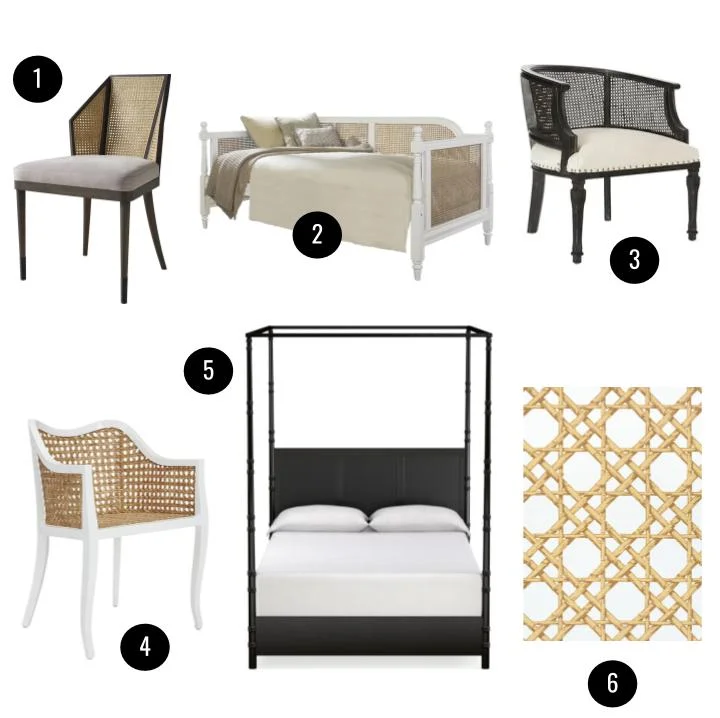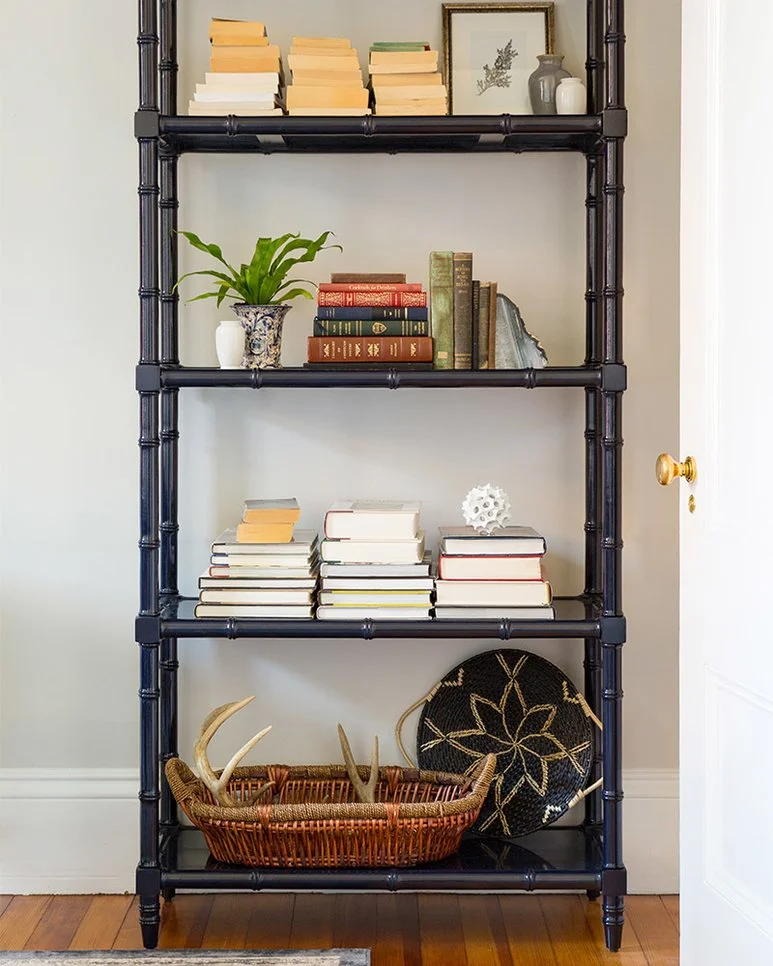Study after study finds there’s still a leadership gap between men and women, especially at the C-Suite level and in male-dominated fields. Have you experienced that firsthand? How have you pushed through?
My struggles were less about a leadership gap and more about the lanes men vs. women were expected to stay in. At many magazines, it was often the females who handled anything lifestyle-based, and it the men who were looked upon to do the “tough thinking”—the hard, investigative stories. The women who pushed through and emerged as thought leaders had to speak two, three times as loudly and firmly as the men in the room. It was supremely annoying, and I am so proud of the female journalists I’ve worked with who simply wouldn’t tolerate that marginalization.
Fortunately, I haven’t seen a lot of that in my current company—it’s a pretty egalitarian place, and for that I’m grateful. But there are trends across the broader industries. Many engineering teams are dominated by men; in lifestyle companies, buying, design, and copy teams are frequently dominated by women. The furniture industry can be an old boys’ club behind the scenes. But fortunately there are a lot of people working to change that. Change is slow, but it’s coming.
Do you feel there’s a difference between the way women lead and the way men do?
More women than men are plagued with self-doubt. I think a lot of men just fake it ‘till they make it and then pat themselves on the back when things go well.
With taking on a leadership—and in careers in general, really—there’s inevitably going to be some criticism. What techniques have you developed to not take those moments personally? And as a leader, what’s your best advice for giving people constructive criticism?
I’m the first to admit that I take everything personally. When you work in the lifestyle space, life is work and work is life, so it’s extremely tough to compartmentalize. A critique of your styling is a critique of your eye and your judgement. That doesn’t ever really go away.
As far as delivering criticism, I note first what IS working, then address the improvements that need to be made. Basically framing it up as, “You’ve nailed it here. Let’s dig in and figure out how to get everything else up to that same level.”
Women notoriously have a hard time saying “no” especially in professional situations. Do any of you have particular techniques for doing just that?
I deal with this more in my personal life than my professional life. I get asked to participate in a lot of extracurricular things—for my neighborhood, for friends, for charities, for school. And it’s hard because I want to give to all of them. As women we have this need to be appreciated, and someone asks us to do something, we’re grateful to be recognized for our abilities. But then the task becomes a burden. But here’s a little secret: You don’t actually have to do the thing to get participation points. Sometimes it’s okay to be a connector instead of a doer. When I can’t take something on, I’m learning to respond first with gratitude: “Wow—I love this idea. What an opportunity.” But if it’s not for me, I deflect and connect: “You know who would be amazing at this? Jane Smith. I’ll get you two in touch.” I learned this technique from an incredibly busy and involved woman I know. She’s a magician—people know her as someone who gets stuff done, but she’s actually really good at getting other people to get stuff done.
We have to ask: what’s your power outfit? What makes you feel confident?
A leather jacket and/or pointy heels. They give every outfit a little edge.
And that's that. Tell me: Do you disagree with any of the above? Is there one thing you wish someone had told you about creative leadership? Do share in the comments below or over on Instagram @donnagarlough.





































